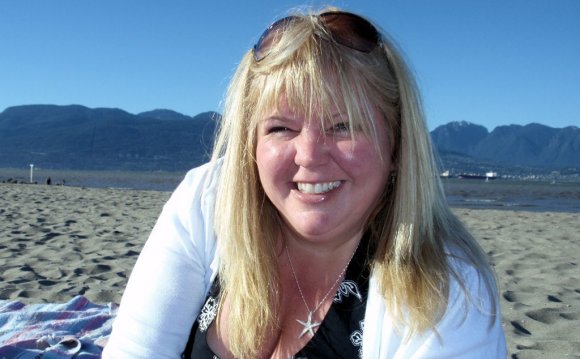
The Annual Report for the British Columbia Vital Statistics Agency states that in BC 82 per cent of families chose cremation in 2011. Nationally, earth burial is still the chosen means of disposition by the majority. Yet, many people know little about their options – such as, what type of service or gathering is available and where should it be held? What type of container and final resting place is preferred? And, what type of memorial and where should it be displayed?
It is often found that many people decide upon cremation having only received a small amount of information by word of mouth from friends. The members of the British Columbia Funeral Association believe that the general public needs more information in order to make an informed choice.
Burial
Once the preferred method of final disposition in BC, earth burial is still selected by some families. The ability to visit your loved one in their final resting place offers comfort to many. There are numerous possible choices to make regarding the cemetery selection, memorialization, the related services and the purchase of the necessary funeral products. Your funeral director can help you make the best choice.
Green Burial
There is growing interest in green burial which has been practiced since the dawn of human civilization.
Green Burial is seen as an opportunity for someone to minimize their impact on the local and global environment. It is an environmentally sensitive practice where the body is returned to the earth to decompose naturally and contribute to environmental renewal. A body is prepared for Green Burial without embalming and buried in a biodegradable shroud, simple container or casket made from natural fibre, wicker or sustainably harvested wood. The burial typically takes place in a protected green space within a cemetery.
There are no laws in British Columbia to prevent Green Burials. In most cases, the chemical process of embalming is not a legal requirement. Funeral services and cremation are governed in BC under the Business Practices and Consumer Protection Act (and regulations) and the Cremation, Interment and Funeral Services Act (and regulations), and green cemeteries are considered no different than any other place of interment. It’s important to note that operators still have to follow all the requirements outlined in the Act.
Cremation
Any decisions made about cremation should be educated decisions. Cremation is, in fact, only one process in a series of events that will take place. Cremation is where the body is prepared for final disposition. Over a period of 2 to 3 hours the body is transformed by intense heat (1600 – 2000 degrees Fahrenheit) to a state of small skeletal fragments and not fine ash as some people believe.
After the cremation process is complete, the cremated remains are removed from the cremation chamber and placed in a tray for cooling. They are then processed to their final reduced consistency. The processed cremated remains are generally placed in a temporary urn/container at the crematorium. Most cremated remains weigh between 4 – 8 pounds. The cremated remains are returned to the family or to the Executor/legal representative of the deceased.
Now that you understand the process of cremation, there are still many other decisions that will have to be made.
Service or No Service
One of the biggest misconceptions about cremation is that there can’t be any funeral, or because the final disposition is cremation, there will be no funeral.
Nothing could be further from the truth. Even with cremation many families choose the comfort of a traditional funeral with the cremation taking place afterwards. Another option is to arrange a memorial service that takes place after the cremation. Often the urn containing the cremated remains is present with memorabilia, photographs, awards or any personal effects that are meaningful or special.
Why have a service? As difficult as it can be to discuss death, grief and funerals, it is ultimately more difficult to avoid the topic. A ceremony is held in the memory of the deceased individual as a way of assisting the needs of the bereaved to acknowledge and express their feelings of loss. Some form of service for the deceased is the final celebration of their life, the summary of an individual’s beliefs, philosophy, accomplishments, and their relationship to others left behind. A service for the deceased is similar to other ceremonies in our lives. Like a graduation ceremony, a wedding, a baptism, a funeral or some form of service, it is a rite of passage by which we recognize an important event that distinguishes our lives.




